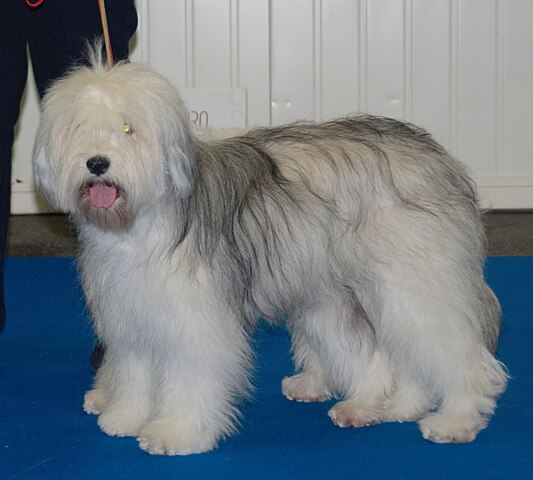The Miniature Pinscher is not a “mini Doberman”, although the two breeds are in the same family of pinschers and schnauzers. It is actually the older of the two breeds, and has a far feistier temperament. In fact, the Min Pin (as he is affectionately known) can be incredibly mischevious and cunning. His personality is far larger than his diminutive size! These active little dogs are always moving, and their curiosity combined with pure fearlessness means that they are often getting into trouble. Ever alert and quick to bark should something seem amiss, the Miniature Pinscher makes an excellent watch dog. He is wary of strangers and doesn’t tend to trust people whom he’s never met. If he feels the need, he may try to attack although his tiny size obviously doesn’t do much damage.
Their curious nature makes the Miniature Pinscher an incredible escape artist, so it is important that their fenced yard be safe and secure. They can squeeze through tiny openings in (or under) a fence. Inside the house, they find ways to get into everything – even stuff left on the table! It is important that owners don’t leave things out that the dog can get into, especially if the object could be a safety hazard. Food, medications, and small choke-able objects are all potentially dangerous items. Think of it like childproofing – except unlike a child, most Miniature Pinschers don’t really ever grow up. Their knack for getting out combined with their talent for “being up to no good” means that the MinPin is decidedly not a breed for a beginner. It is also worth noting that the breed can be difficult to housebreak.
Min Pins get along with well-behaved children but aren’t suited to living with toddlers or kids who are rough. Their tiny size does make them more delicate than other breeds and therefore more likely to get hurt. If injured, they will either run away or fight back – and it is not fair to put them in this situation. It is recommended that families with children get a Min Pin as a puppy so that they can raise and socialize the young dog from the beginning. Some Min Pins get along with other dogs, while others most definitely do not. Socializing early helps to ensure good behavior. Most Miniature Pinschers will go after small animals, however. Pet mice, rats and hamsters need to be kept safely away from this breed. Cats may or may not be an issue.
Because they are incredibly smart, the Miniature Pinscher has the potential to do well in competitive obedience. On the other side of the coin… they have a big sense of humor and are also prone to “changing things up” in the obedience ring. An owner never knows on which day the dog chooses to dazzle all the spectators… and which day to make them all laugh. Min Pins also tend to learn a little differently than other breeds, which leads some owners to have difficulty training them. As with all dog training, the method of training needs to jive with the individual personality of the animal in order to work. This is probably the reason why Min Pins have been labeled both “easy to train” as well as “difficult to train”. Ease of training aside – this breed needs some form of structure and order in his life because otherwise, he could become bossy and demanding.
His smooth coat is very easy to groom, and requires little care. He also barely sheds, making him low-maintenance in that department. He will, however, need a coat when going outdoors on cold days.
The Min Pin is well-suited to living in an apartment, but he should receive regular walks so his energy doesn’t become insane (and he doesn’t become even more destructive). Luckily, his diminutive size means that he can get a lot of exercise with just a short amount of human-walking. When not in a fenced area, he should be kept on-leash. This breed is known for darting away when outside (he is also skilled at door-darting).




